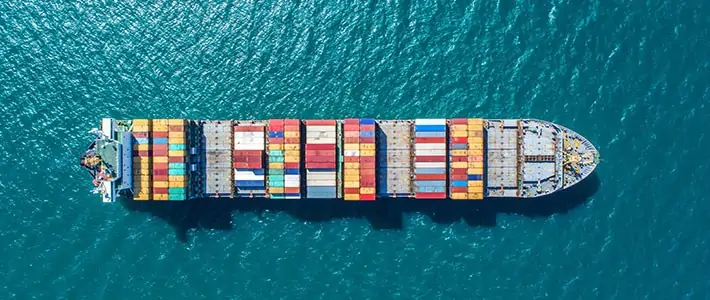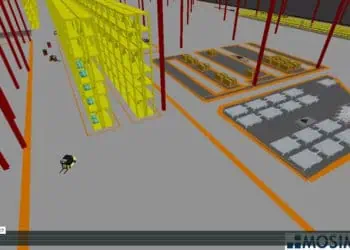What Can Simulation Supply Chain Do For Your Business?
Avoid Critical Risks:
Test major changes in your supply chain process and determine viability without the risk of traditional supply chain analytics
Gain Valuable Insights:
Identify lucrative business opportunities and solutions with ease, through a full and complete view of your dynamic supply chain model
Evade Dangerous Bottlenecks:
Understand where and when your bottlenecks occur before they happen, so you can plan ahead and keep systems working optimally
What is Supply Chain Simulation?
A supply chain simulation is a computer model of your business that gives you a birds eye view of inventory levels at various locations, in transit, mobile and fixed equipment. This visual snapshot gives you greater insight into bottlenecks, idle resources and their causes.
With this simulation you can see how all of the various functions of your business work together in a virtual world, much like a video game. Changes to your system can also be projected 5, 10 and even 20+ years in the future, to test things like risk and potential.
For example, demand for your product hits a certain level, so production of “x” units begins. But this is only one, simple example. The simulation is capable of doing much more complicated tasks with ease and accuracy.
The simulation can even give you the ability to test against disruptive events like natural disasters and labor strikes.
Your Fellow Companies Are Using Simulation in Logistics for:
MOSIMTEC - Supply Chain Consulting
- Leverage years of expertise developed through working with a wide range of clients
- Use powerful & modern simulation tools
- Provide actionable insights that increase supply chain efficiency

Supply Chain Simulation Software allows you to solve the problems your fleet, terminals and extended work are facing in a virtual environment.
Supply Chain Management Simulation
Complex systems, like Global Supply Chains with many Interconnected systems, are very difficult for decision makers to make informed decisions at a strategic and tactical level.
The problem is made worse when considering the variability in these systems. Variability means that your company can’t guarantee how long it will take to move, say, a box from one part of your supply chain to the next.
And without efficiency and stability it’s difficult to be lean and profitable.
This is why such complex problems in logistics, global supply chain management, and transportation are best addressed by using the latest developments in computer simulations.
For instance, simulating your fleet of trucks and their schedules can help you identify their utilization over time and space. Modeling your rail network can help you balance the demand and supply for railcars and the capacity at rail yards.
Simulating inventory levels helps define storage capacity needs, selecting best mode of transportation, while keeping your budget in mind.



